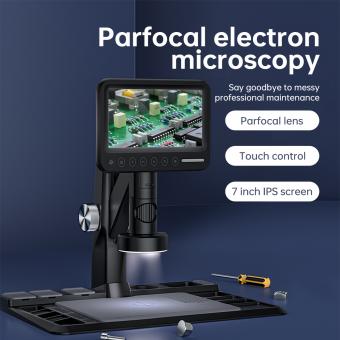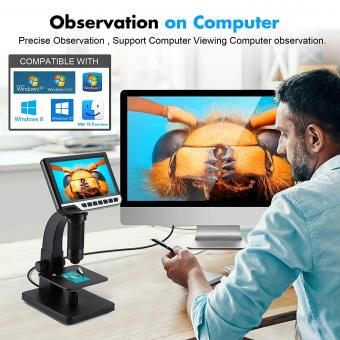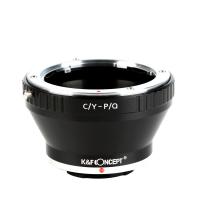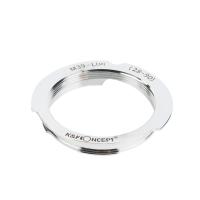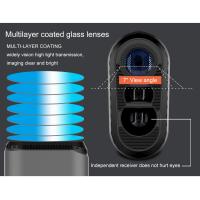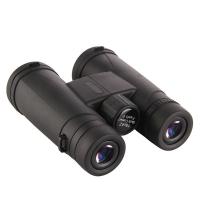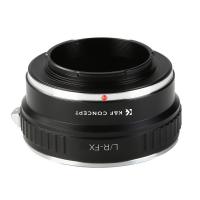How To Use Immersion Oil Microscope ?
To use an immersion oil microscope, follow these steps:
1. Place a drop of immersion oil on the slide over the specimen.
2. Rotate the 100x objective lens into place.
3. Lower the lens until it touches the oil drop.
4. Adjust the focus until the specimen is in clear view.
5. When finished, clean the lens with lens paper and remove any excess oil.
It is important to note that immersion oil is used to increase the resolution and clarity of the image by reducing the amount of light that is scattered. It is only used with the 100x objective lens and should not be used with any other lens. Additionally, the oil should be wiped off the lens after use to prevent damage to the lens and to ensure accurate results for future use.
1、 Preparing the slide
How to use immersion oil microscope:
1. Preparing the slide: The first step in using an immersion oil microscope is to prepare the slide. This involves placing a small sample on a glass slide and covering it with a cover slip. The sample should be thin enough to allow light to pass through it.
2. Adjusting the focus: Once the slide is prepared, the microscope should be turned on and the focus adjusted. The focus should be adjusted using the coarse and fine focus knobs until the sample is in clear focus.
3. Adding immersion oil: Immersion oil is a special type of oil that is used to increase the resolution of the microscope. To use immersion oil, a small drop should be placed on the cover slip directly above the sample.
4. Using the immersion lens: The immersion lens should be rotated into place and brought into contact with the immersion oil. The lens should be adjusted using the fine focus knob until the sample is in clear focus.
5. Cleaning the lens: After use, the immersion lens should be cleaned with a lens cleaning solution to remove any oil residue.
It is important to note that immersion oil should only be used with immersion lenses, as using it with other lenses can damage the lens and affect the quality of the image. Additionally, it is important to use the correct type of immersion oil for the microscope being used, as different types of oil have different refractive indices.
In recent years, advancements in technology have led to the development of digital immersion oil microscopes, which allow for high-resolution imaging and analysis of samples. These microscopes use digital cameras and software to capture and analyze images, making them useful for a wide range of applications in research, medicine, and industry.

2、 Applying the immersion oil
How to use immersion oil microscope:
1. Start by preparing your microscope slide with the specimen you want to observe. Make sure the slide is clean and dry.
2. Place a small drop of immersion oil on the specimen. The oil should be placed directly on the area of the specimen you want to observe.
3. Lower the objective lens until it is very close to the oil drop. Do not let the lens touch the oil.
4. Look through the eyepiece and adjust the focus until the specimen comes into clear view. The immersion oil will help to increase the resolution and clarity of the image.
5. When you are finished observing the specimen, clean the oil off the slide and the objective lens with a lens cleaning solution and a clean, lint-free cloth.
Applying the immersion oil:
When applying the immersion oil, it is important to use the right amount. Too much oil can cause the image to become blurry, while too little oil will not provide the desired effect. A small drop, about the size of a pinhead, is usually sufficient.
It is also important to use the right type of immersion oil for your microscope. Different types of oil have different refractive indices, which can affect the quality of the image. Make sure to use the oil recommended by the manufacturer of your microscope.
Finally, it is important to handle the immersion oil carefully. The oil can be messy and difficult to clean up if spilled. Store the oil in a cool, dry place and use it only as directed.
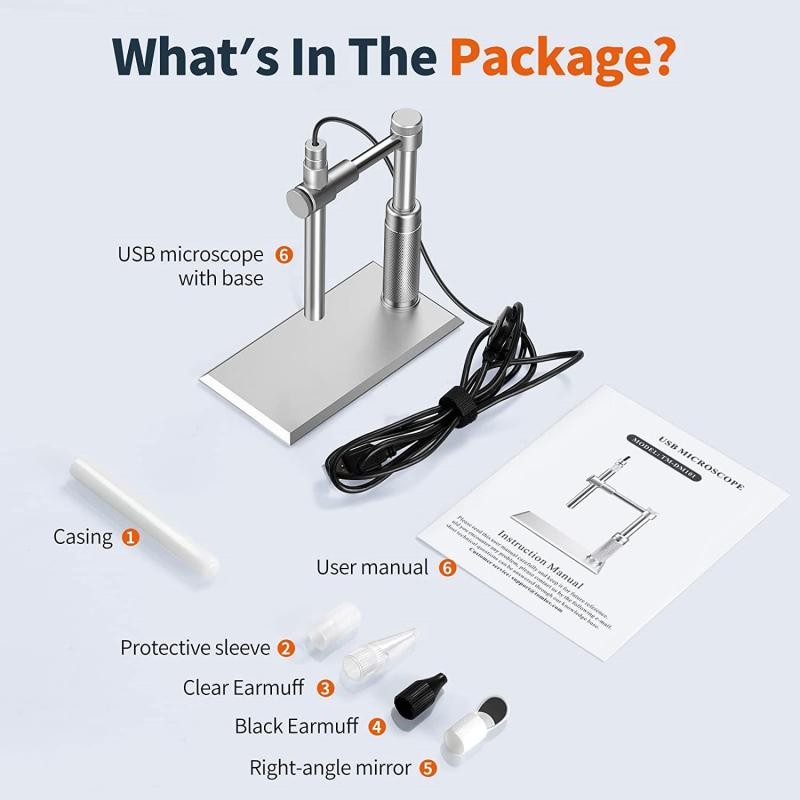
3、 Focusing the microscope
How to use immersion oil microscope:
1. Start by placing the slide on the stage of the microscope and securing it in place with the stage clips.
2. Begin with the lowest magnification objective lens and adjust the focus using the coarse and fine focus knobs until the image is clear.
3. Once the image is in focus, switch to the higher magnification objective lens and repeat the focusing process.
4. When using immersion oil, place a small drop of oil on the slide where the specimen is located.
5. Next, rotate the oil immersion objective lens into place and gently lower it onto the oil drop.
6. Adjust the focus using the fine focus knob until the image is clear.
7. When finished, remove the oil from the slide using lens paper or a cotton swab.
Focusing the microscope:
Focusing the microscope is a crucial step in obtaining clear and accurate images. It is important to start with the lowest magnification objective lens and adjust the focus using the coarse and fine focus knobs. Once the image is clear, switch to the higher magnification objective lens and repeat the focusing process. It is also important to avoid touching the objective lenses with your fingers as this can leave oils and smudges that can affect the clarity of the image. Additionally, it is important to use proper lighting and adjust the diaphragm to control the amount of light entering the microscope. By following these steps, you can ensure that your microscope is properly focused and producing clear and accurate images.
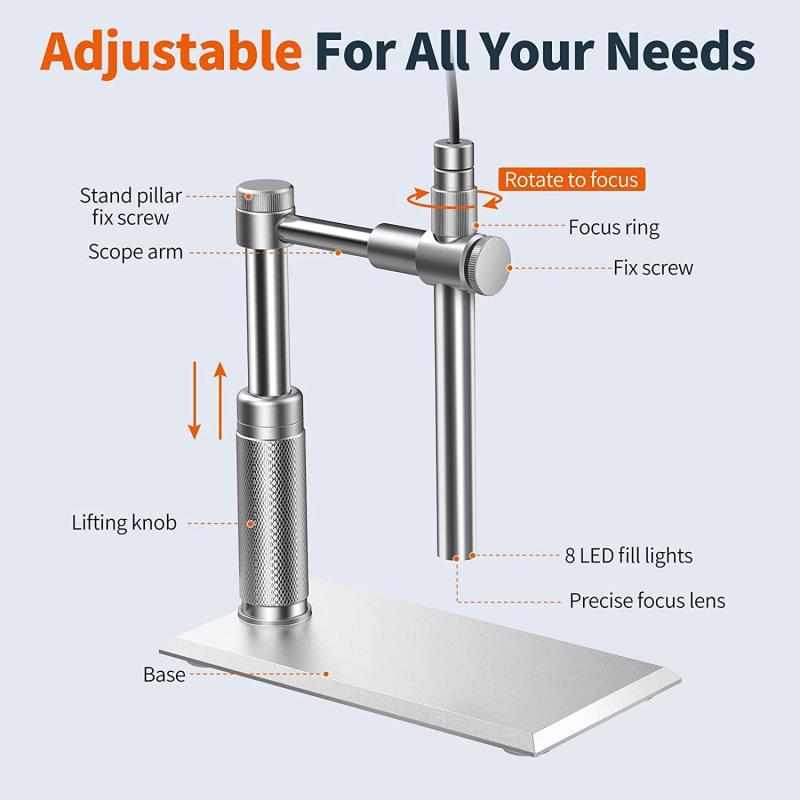
4、 Adjusting the light source
How to use immersion oil microscope:
1. Start by preparing your microscope slide with the specimen you want to observe. Make sure the slide is clean and free of debris.
2. Place a small drop of immersion oil on the specimen. Immersion oil is a special type of oil that has the same refractive index as glass, which helps to reduce the amount of light that is lost as it passes through the slide.
3. Lower the objective lens so that it is close to the slide. Do not let the lens touch the slide.
4. Adjust the focus until the specimen comes into view. Use the fine focus knob to make small adjustments to the focus.
5. Once the specimen is in focus, adjust the light source to get the best possible image. The light source should be bright enough to illuminate the specimen, but not so bright that it causes glare or washes out the image.
6. If necessary, adjust the diaphragm to control the amount of light that is allowed to pass through the slide. This can help to improve the contrast and clarity of the image.
7. When you are finished, clean the immersion oil off the slide and the objective lens using a lens cleaning solution and a clean, lint-free cloth.
Adjusting the light source:
One of the most important aspects of using an immersion oil microscope is getting the lighting just right. The light source should be bright enough to illuminate the specimen, but not so bright that it causes glare or washes out the image. To adjust the light source, start by turning it on and adjusting the brightness to a medium level. Then, look through the eyepiece and adjust the light until the specimen is well-illuminated. If the image is too bright, try reducing the brightness or adjusting the diaphragm to control the amount of light that is allowed to pass through the slide. If the image is too dark, try increasing the brightness or adjusting the diaphragm to allow more light to pass through. With a little practice, you should be able to get the lighting just right for your particular specimen and microscope setup.

















